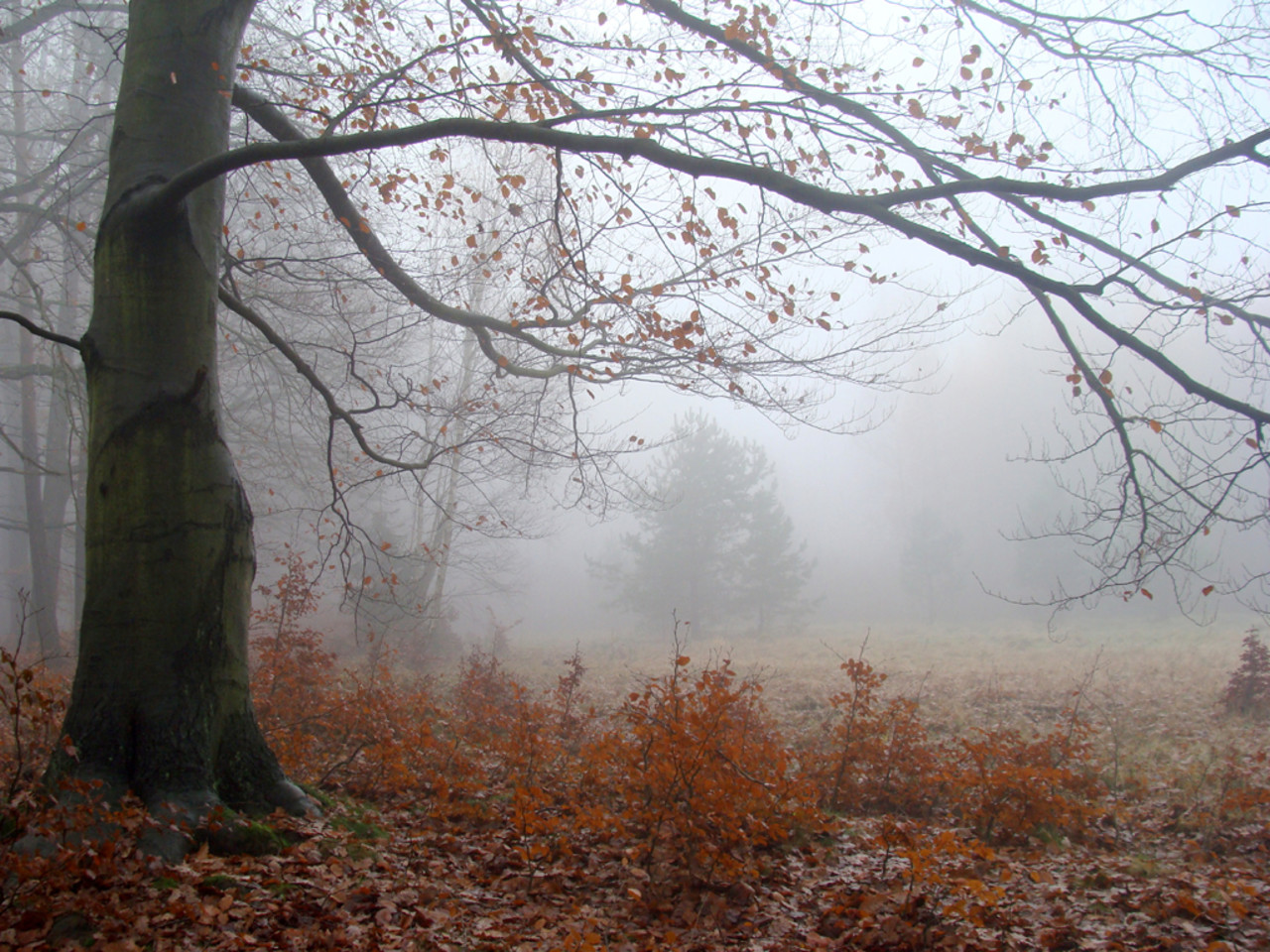Speakeasy
페이지 정보

본문
Speakeasy
A speakeasy is a time period used to describe a secret or illicit bar that was popular through the Prohibition era within the United States, which lasted from 1920 to 1933. These establishments have been known for their hidden entrances and for serving alcohol regardless of it being illegal on the time. Here are some key points about speakeasies:
- Origin: The term "speakeasy" is believed to have originated from the practice of shoppers speaking quietly or "easily" to keep away from drawing consideration.
- Hidden Locations: Many speakeasies had been situated in basements, behind unmarked doors, and even in legitimate companies like soda retailers.
- Entertainment: These venues typically featured stay music, dancing, and different forms of entertainment, making them well-liked gathering spots.
- Cultural Impact: Speakeasies played a vital function in shaping the tradition of the Roaring Twenties and the jazz age.
- Modern Revival: Today, the idea of the speakeasy has made a comeback, with many bars adopting the hidden, secretive theme to create an unique environment.
Below are some famous speakeasies from history:
- The Cotton Club (New York City)
- 21 Club (New York City)
- The Green Mill Cocktail Lounge (Chicago)
- Schroeder's (San Francisco)
In summary, speakeasies offer an interesting glimpse into a unique chapter of American history, highlighting themes of revolt, creativity, and the fight for private freedom.
A speakeasy is a hidden bar or nightclub that originated in the course of the Prohibition period within the United States (1920-1933). These establishments have been illicit and served alcohol when it was unlawful to take action. Here are some key factors about speakeasies:
- Origin: The time period "speakeasy" supposedly comes from patrons speaking quietly or "simply" to keep away from detection by legislation enforcement.
- Atmosphere: Speakeasies often have a secretive vibe, with dim lighting, vintage décor, and a sense of exclusivity.
- Access: Many fashionable speakeasies keep the concept of secrecy with hidden entrances or requiring a password for entry.
- Cocktails: These venues typically serve craft cocktails, reviving basic recipes from the Prohibition era.
- Cultural Significance: Speakeasies symbolize the struggle in opposition to prohibition laws and a spirited nightlife tradition.
Today, speakeasies have made a resurgence as fashionable bars that celebrate the fashion and spirit of the 1920s and 1930s.
Speakeasies have been secret bars that emerged during the Prohibition era in the United States, which lasted from 1920 to 1933. These hidden establishments allowed patrons to eat alcohol regardless of its legality being prohibited.
Typically accessed by way of an unmarked door or a password, speakeasies supplied a sense of thrill and exclusivity. They have been often located in basements, again rooms, or behind false storefronts, making them tough to discover.
In these illicit venues, stay jazz music thrived, as they grew to become the cultural hubs for the Jazz Age. The environment was energetic, crammed with dance and revelry. Women often wore flapper clothes, symbolizing the altering social norms of the time.

Today, the time period "speakeasy" has been revived, with fashionable bars adopting the aesthetic and secretive allure of their Prohibition-era counterparts. Many characteristic classic decor, craft cocktails, and stay music, providing a nostalgic glimpse into an interesting chapter of American historical past.
In essence, speakeasies embody a spirit of rebellion and creativity, 하이오피주소 reflecting the social dynamics of their time.
- 이전글Choose The Most Beneficial Games For Your Online Gaming Site 24.12.30
- 다음글15 Astonishing Facts About Mesothelioma Asbestos Exposure 24.12.30
댓글목록
등록된 댓글이 없습니다.






